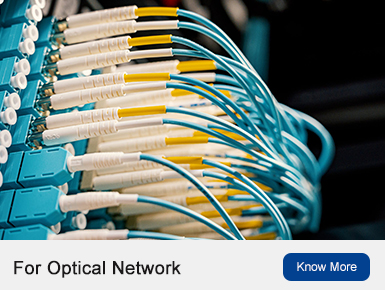fiber optic system components play a crucial role in the transmission of data and information through optical fibers. These components ensure efficient and reliable communication by enabling the transfer of light signals over long distances.
Transmitters, Receivers, and Modulators: The Backbone of Fiber Optic Systems

Transmitters are responsible for converting electrical signals into optical signals that can be transmitted through fiber optic cables. Receivers, on the other hand, receive these optical signals and convert them back into electrical signals for further processing. Modulators help control the intensity or frequency of the transmitted light signal to carry different types of data.
Find more about circulator in optical fiber.
Circulator in Optical Fiber: Directing Light Signals with Precision
A circulator is an essential component that allows light to travel in only one direction within an optical fiber. It ensures that transmitted signals do not interfere with received ones by directing them towards their intended destination while preventing any reflections or loss along the way.
Optizone Technology: Enhancing Signal Quality and Efficiency
Optizone Technology is a cutting-edge innovation designed to optimize signal quality within fiber optic systems. By reducing signal distortion caused by factors like dispersion and attenuation, this technology enhances overall system performance and enables higher bandwidth capabilities.
In Conclusion
Fiber optic system components such as transmitters, receivers, modulators, circulators, and technologies like Optizone play vital roles in ensuring seamless communication over long distances. Their integration guarantees efficient transmission without compromising signal quality or reliability.
